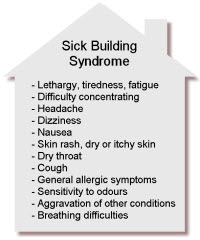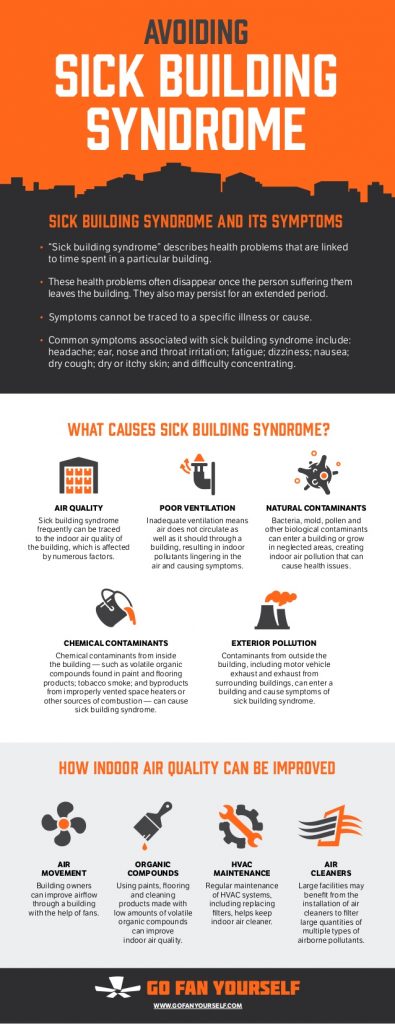Home is the Most Important Place
Home is the most important place. It is our castle.
Home is our safety haven, our sacred space, our island in the midst of the world.
For many of us, the world can be a bit full-on. The onslaught of fragrances, noise, wi-fi, people, lights… it can be overwhelming at times.
Also, most of these things are out of our control.
The best thing to do is to have a healing, safe, and nourishing home to come back to.
A virtual Indoor Environmental Health Assessment Can Short-Cut Your Route to a Healthy Nurturing Space
By assessing your home with great care, and attention to detail, we can shortcut the agonising searching for information and hazards.
Whether it be:
- electromagnetic fields
- phone towers
- neighbours wi-fi
- the smart meter
- air pollutants
- indoor air quality
- volatile organic compounds
- lead and other heavy metals
- drinking water contaminants
- mould and water damage
- personal care and cleaning products
- and more!
By assessing your home, I can determine the hazards, the potential problems AND provide you with solutions.
Many of my clients experience not only peace of mind, but improved health after implementing the recommendations.
They know that they have made their home safe for their families.


